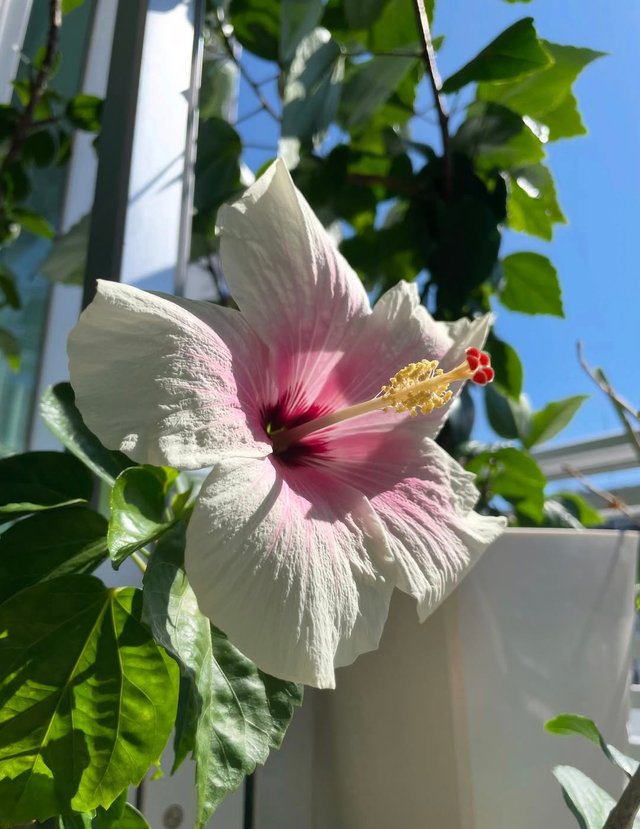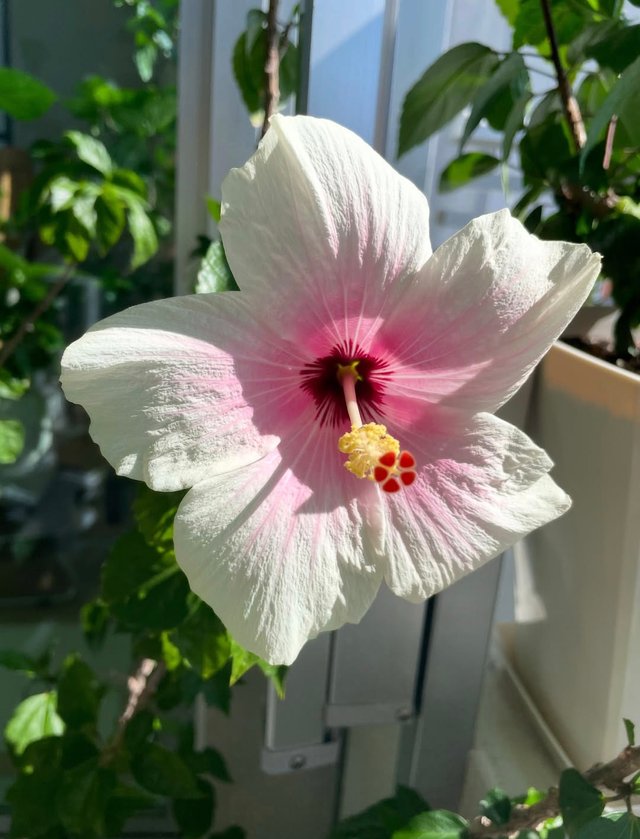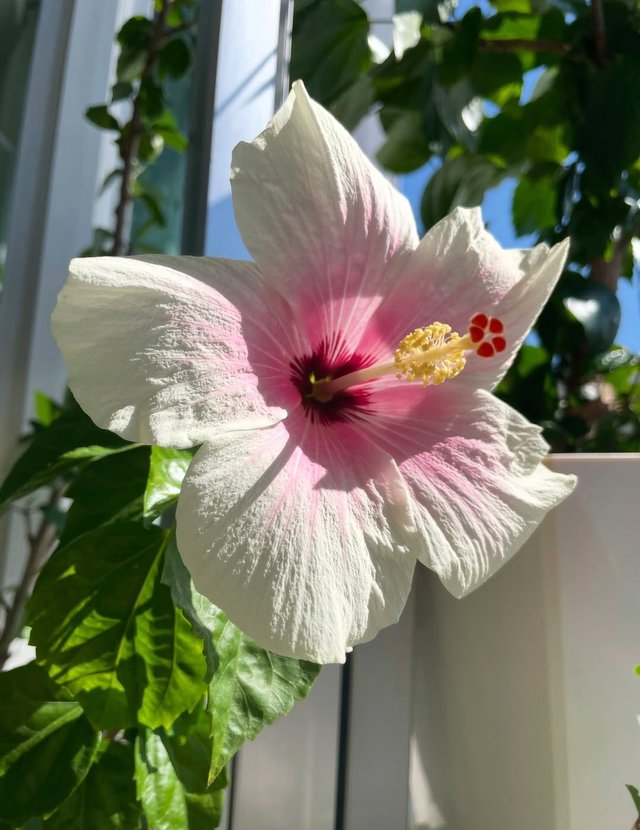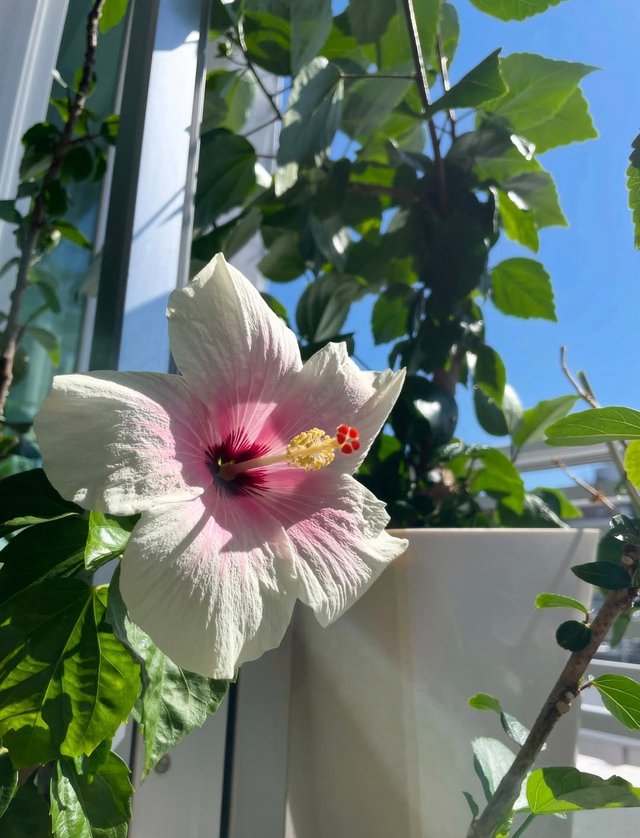White Hibiscus Flower
The white hibiscus is a variety of the Hibiscus genus, part of the Malvaceae family. Known scientifically as Hibiscus rosa-sinensis the flower boasts large, trumpet-shaped petals with a central stamen column. While hibiscus flowers come in a stunning range of colors—from fiery reds to bright yellows—the white hibiscus holds a special place for its pristine, luminous glow.This variety typically grows in warm climates and can be found in regions across Asia, the Pacific Islands, the Caribbean, and Central America. Its petals can be pure white or slightly tinged with cream or pink hues, and some hybrids feature contrasting colors in the center.
Purity and Innocence: The color white universally represents cleanliness and innocence, and the white hibiscus carries this symbolism into the realm of flora. It’s often used in religious or spiritual ceremonies to signify divine connection and mental clarity.Feminine Energy and Beauty: In many cultures, hibiscus flowers are linked to femininity. Wearing a white hibiscus behind the ear can symbolize grace and inner beauty, especially in Hawaiian and Polynesian traditions.
The soft color and symmetrical shape of the white hibiscus convey a sense of calm, making it a favorite for meditation gardens and peaceful spaces.In Hinduism, hibiscus flowers are offered to the goddess Kali, but white variants are used in rituals that require serenity and spiritual purity.While the red hibiscus is better known in herbal medicine the white hibiscus also holds healing properties in traditional systems like Ayurveda and folk medicine: The leaves and flowers of the white hibiscus are often used in oils and pastes to treat hair fall, dandruff, and premature greying. They are believed to stimulate hair growth and nourish the scalp.



